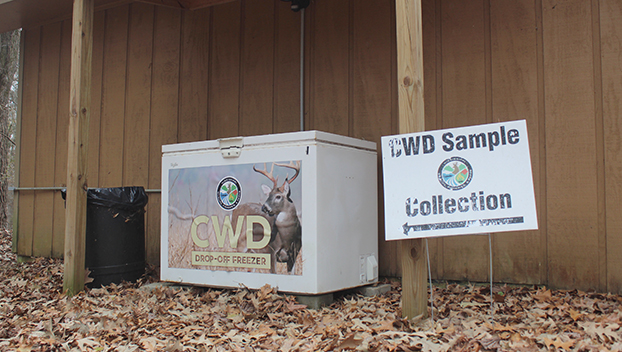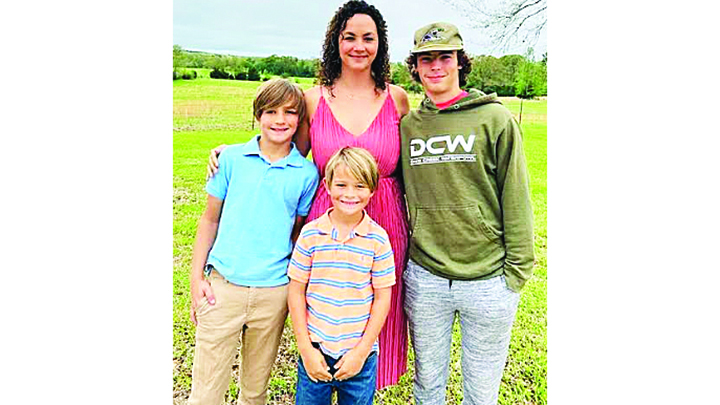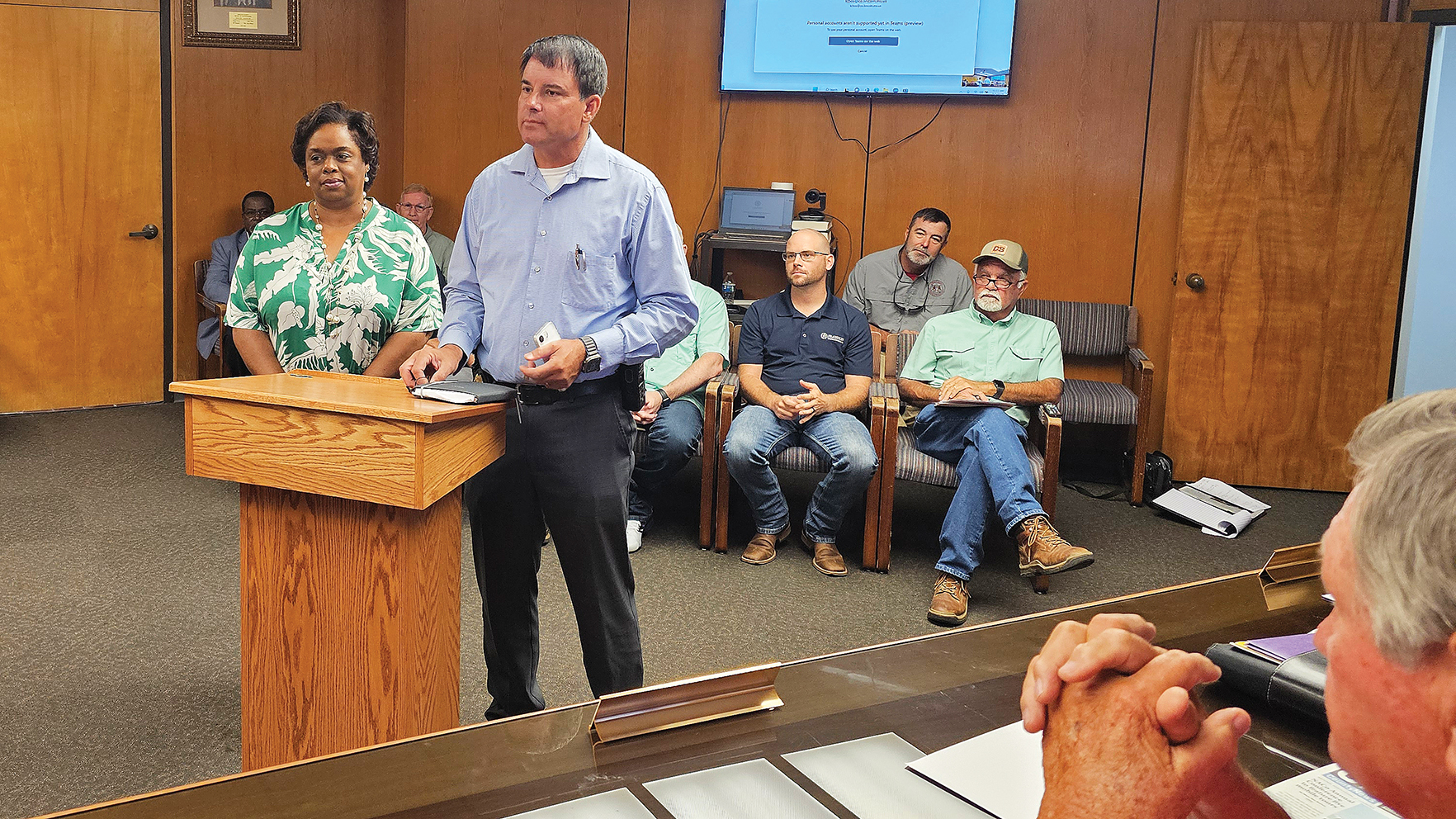CWD Update: Samples needed, third positive detected in 2024-25 season
Published 11:58 am Tuesday, November 5, 2024

- Chronic Wasting Disease sample coolers look like this one pictured here at Natchez State Park. (Hunter Cloud | The Natchez Democrat)
JACKSON — Mississippi Department of Wildlife, Fisheries and Parks reports a new CWD positive was detected last week. The sample came from Marshall County, a CWD hot zone in north Mississippi.
Chronic Wasting Disease is a 100 percent always fatal disease in deer caused by an infectious prion in the Cervidae family. Prions are misfolded proteins. CWD prions are often spread by infected deer through bodily fluids.
These prions can be shed into the environment which causes indirect transmission of CWD to healthy deer. Healthy deer can also contract CWD by direct contact with CWD positive deer. Research has shown CWD can even spread to fawns, infant deer, before they are born through placental tissue in an infected doe’s womb. Young bucks are by far the most susceptible to CWD due to their roaming nature and bigger home ranges.
Trending
Mississippi has 321 positive detections across 16 counties since first detection in 2018. The newest positive was detected in Marshall County where the initial three CWD positives of the 2024-2025 hunting season have been detected. Marshall County has the second highest CWD positives with 104 while Benton County has 182.
A majority of Mississippi’s CWD positive deer have not shown symptoms of CWD at the time of harvest. The Center for Disease Control recommends that while there is no known health risk to humans, people should still have their deer tested for CWD and avoid eating meat of positive deer.
At this time, there is no cure or vaccine for CWD. Disease management strategies include mitigating risk through supplemental feed bans, carcass exportation bans and bans on movement of live deer.
Hunters are a vital tool in managing CWD as submitted samples help survey for the disease in new areas and lowered population densities in CWD zones reduce the risk of disease spread. Visit MDWFP.com to see the closest CWD drop-off freezer or participating taxidermist closest to you to submit samples.





